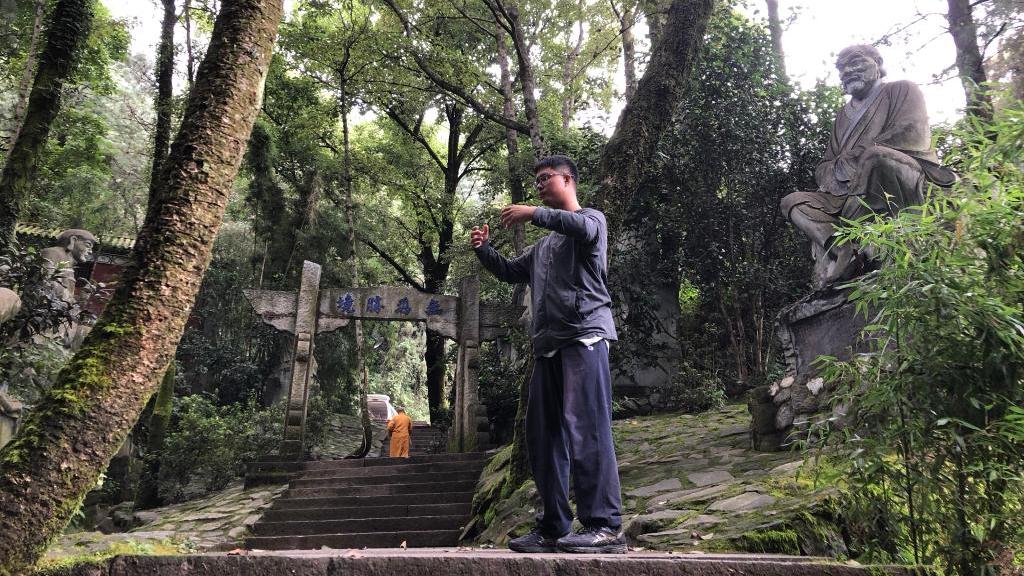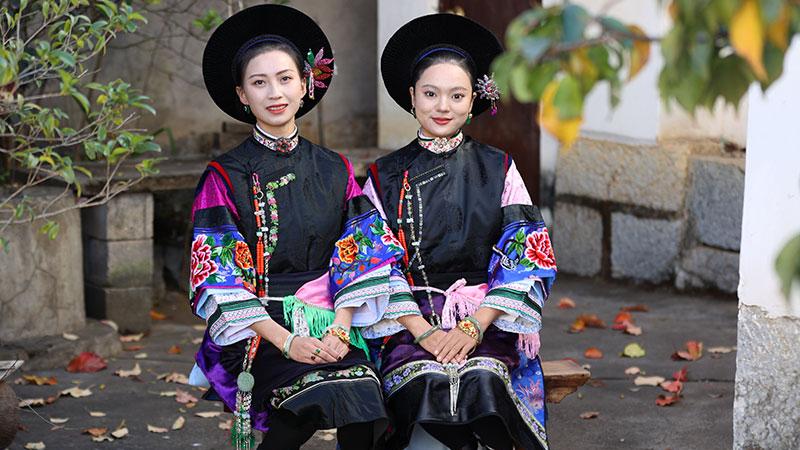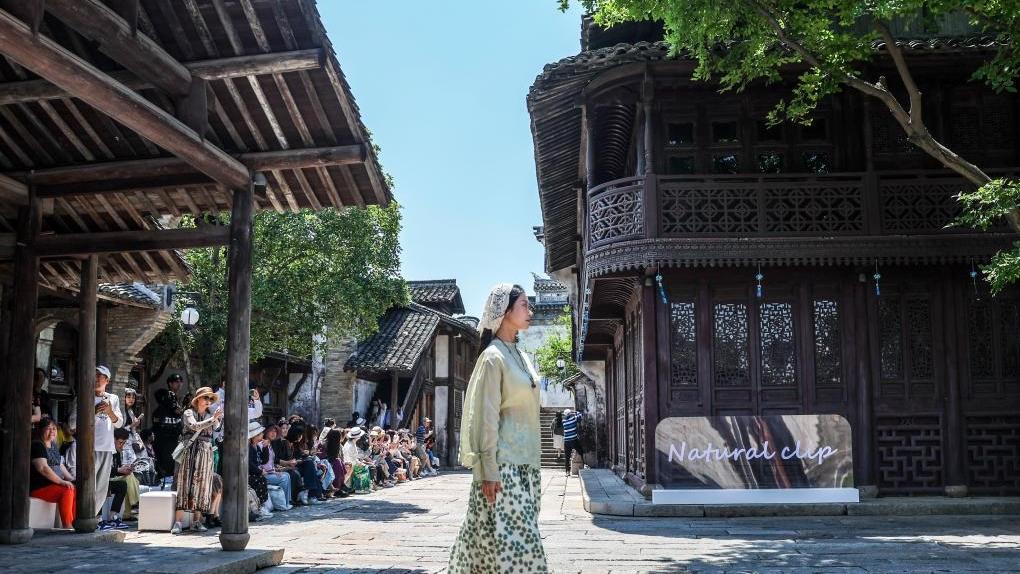China's Hunan finds overpainting traces on millennia-old silk painting
CHANGSHA, May 16 (Xinhua) -- Chinese experts have discovered for the first time multiple instances of overpainting on the T-shaped painting on silk from the tomb of Lady Xin Zhui, a 2,200-year-old mummified aristocrat, according to a press conference held on Friday.
The Hunan Museum in Changsha, capital of central China's Hunan Province, conducted a materials-based analysis of the silk painting using techniques such as spectroscopy and surface topography measurement. The research utilized multimodal image acquisition methods, including multispectral-hyperspectral imaging and large-format X-ray fluorescence spectroscopy.
The study examined the composition of the materials and ink, analyzed the pigments, ink imaging and distribution. The team identified traces of overpainting and also completed the image data acquisition of the artwork.
The T-shaped silk painting was unearthed from the renowned ancient Chinese tomb Mawangdui, the burial place of Lady Xin Zhui, wife of the chancellor of the Changsha Kingdom during the Western Han Dynasty (202 BC-8 AD).
Photos
Related Stories
- Project for Paleolithic archaeological site in SW China under construction
- Large-scale ancient tombs found in China's Xinjiang
- New archaeological discoveries shed more light on Xizang's history
- Technologies advance archaeology efforts at Liangzhu site
- Top Chinese archaeological discoveries for 2024 unveiled
Copyright © 2025 People's Daily Online. All Rights Reserved.









